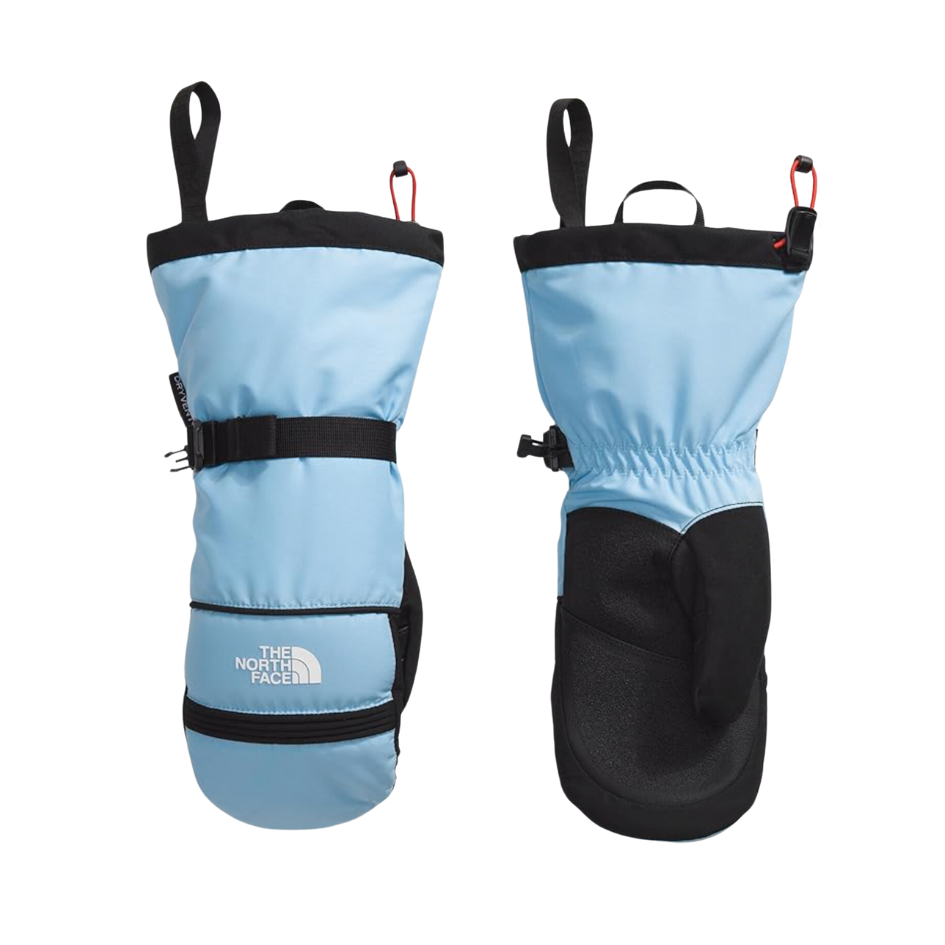We’ve been helping women successfully reach the summit of Kilimanjaro for over a decade, and one of the most common questions we get asked is “What should I wear for summit night on Kilimanjaro?” With temperatures dropping to -17°F (-27°C) and wind speeds of 25 miles (40 km) per hour, it goes without saying that getting the right combination of layers and gear is essential for keeping you safe, warm, and comfortable (which is relative at 19,000 ft above sea level)!
We made this visual (and shoppable) summit gear guide to consolidate what we’ve learned in the 10+ years of trekking Kili and help you succeed on the big night (spoiler alert: it’s all about layering)!
THE ULTIMATE
VISUAL GEAR GUIDE
WHAT TO WEAR ON KILIMANJARO SUMMIT NIGHT
UP TOP
LAYERING FOR WARMTH AND PROTECTION
LAYERING FOR WARMTH AND PROTECTION
Choose moisture-wicking, breathable fabrics to avoid chafing and to keep you dry.
Your inner layer should be moisture-wicking to regulate your body temperature and keep sweat off your skin. Look for a sustainably produced synthetic or merino wool.
Over the base layer, a fleece jacket will provide light-weight insulation. Fleeces make great mid-layers because they retain warmth even if they get damp.
Down is lightweight, compressible, and incredibly warm, which makes it ideal for summit night. Look for one with a fill of 650 or more. If you can’t wear down, a synthetic puffy jacket will work well too.
Windproof and waterproof, this goes over all your layers and is the last line of defense shielding you from the unpredictable high altitude conditions like rain, snow, and strong winds.
Over the light gloves, wear a thick, waterproof, insulated pair of mittens (which will keep your hands warmer than gloves).
Want to know what to pack for all 7 days of hiking on Kilimanjaro? Check out our Ultimate Kilimanjaro Packing List which has you covered you from the rainforest to the arctic summit!
DOWN LOW
Must-Have Leg wear and Foot Protection for Summit Night
Must-Have Leg wear and Foot Protection for Summit Night
Choose moisture-wicking, breathable fabrics to avoid chafing and to keep you dry.
Just like up top, your lower body needs a moisture-wicking base layer to help keep you dry and prevent sweat from soaking into your clothing.
Worn over your base layer, this mid-layer offers an extra layer of insulation.
To go on top of all your other layers.
These thin socks will sit closest to your skin and help wick away moisture and prevent blisters.
Worn over liner socks, a pair of thick, warm socks are crucial. Wool is best at providing insulation, even if it’s wet.
Probably the most important thing you’ll wear! Make sure they are waterproof, insulated, and have good ankle support. (Be sure to cut your toe nails short for the downhill too!)
ON YOUR BACK
Hydration, Snacks, and Other Essentials
Hydration, Snacks, and Other Essentials
Being able to hydrate easily is especially important at high altitude! An insulated tube cover will help slow your water freezing as it gets colder.
Have these small traction devices in your daypack to slip over your boots in the case of slippery, icy conditions.
Carry an extra 1 L Nalgene, for when your water bladder tube freezes.
Pack an extra layer, like a lightweight fleece or down jacket, in case you need the extra warmth.
Use these to reduce strain on your knees and help maintain balance and stability on icy, rocky terrain.
Snacks
Your favorite, high-sugar, high-calorie, easy-to-eat snacks like gummies, cheez its, and candy, will help fuel you. Avoid things like protein bars that will freeze and be inedible.
Polarized sunglasses with UV protection are a must to protect your eyes from glare, especially if there are reflections from snow and ice.
Bring toilet paper, a kula cloth, hand sanitizer, and biodegradable bags to pack trash out with.
Phone/CAMERA
You’ll want this to get your summit picture, just make sure to carry it in an inner pocket so it doesn’t freeze!
Final thoughts
Remember, no one knows you better than you! Use your best judgment when choosing the summit gear that will work best for you. If you get cold easily, wear a few extra layers. If you have ski pants you love, use them. And as for snacks, we can’t say it enough, make sure you bring along something you love and you know you’ll eat when the altitude is making you queasy.
Last but not least, make sure you test out all your gear and layers on training hikes before you go to Tanzania. Make sure it’s comfortable to move in, adjust, remove and vent as needed (once the sun rises it can get toasty)!
Bottom line, being physically prepared and safe, will help give you the confidence and mental fortitude it takes to make it to Uhuru. Summit night is known as being the coldest, longest, most difficult part of trekking Kilimanjaro, but the reward of making it to the Roof of Africa is more than worth it!












































